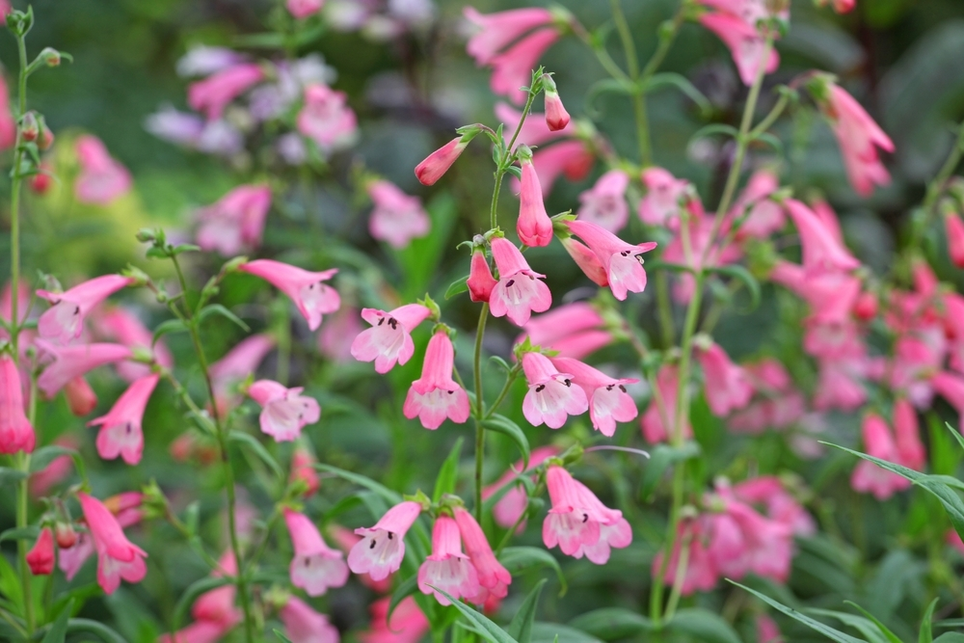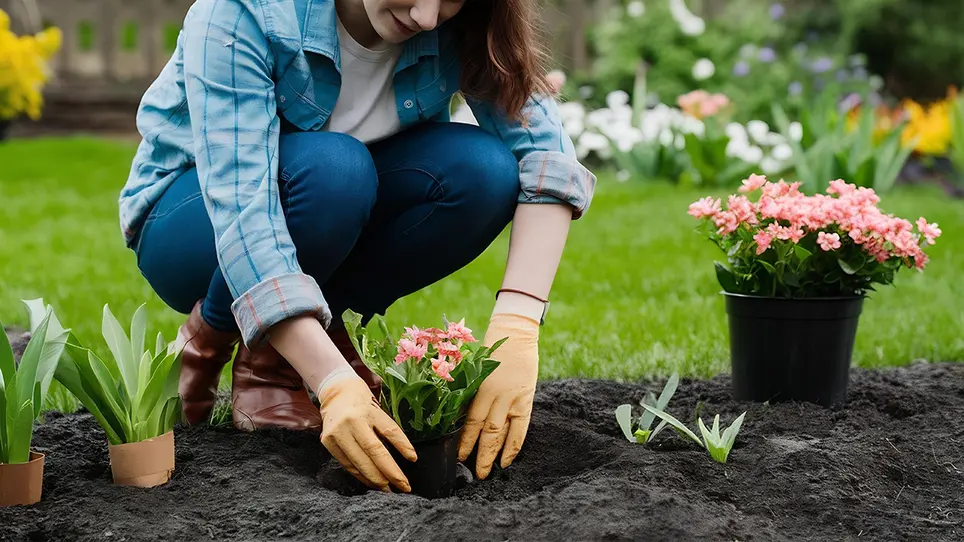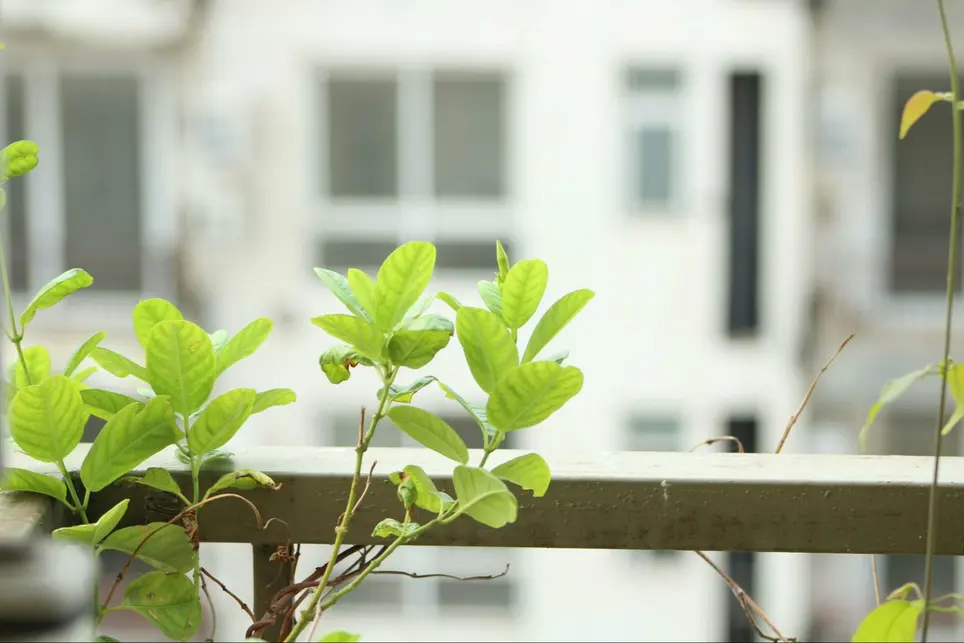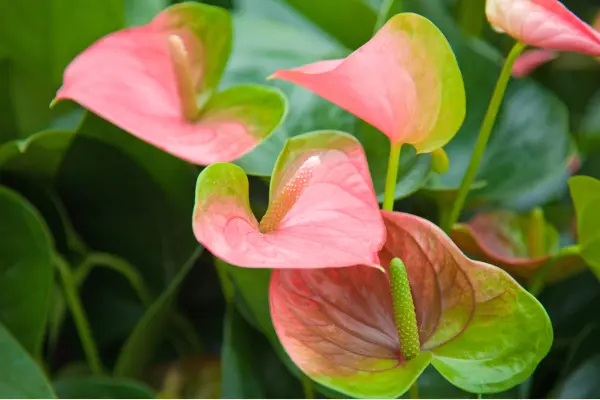Peat-free composts are big news these days, as gardeners become increasingly aware of the importance of preserving our peat bogs. Fortunately, plenty of alternative composts work just as well and are far more sustainable than peat-based compost. We’ve gathered together the latest research on growing plants in peat-free compost.
Why use peat-free compost?
Peat bogs are a very specialised ecosystem supporting a unique range of plants and wildlife. Peat – partially decayed vegetation from these peat bogs – is a vast carbon store and takes thousands of years to develop. Currently, gardeners use the equivalent of 24 million wheelbarrows of peat annually, so it is being used up far faster than it can possibly be replaced, destroying a precious resource as well as contributing to climate change. Because of this, research into alternative growing media has been going on for many years, and there are now plenty of good peat-free options available. Growing plants in these composts sometimes require changes to how we sow, water and feed plants, but the results can be just as good as increasing peat-based composts.
Alternatives to peat-based composts
Peat-free composts are usually a blend of different raw materials to achieve good drainage, nutrient retentiveness and water holding capacity. Here are some of the most common materials used:
-
Coir – a waste product from the coconut processing industry with good water-retaining ability. It is low in nutrients but makes a good seed compost.
-
Wool – wool-based composts drain well but need added nutrients from other sources. They are an excellent slow-release source of nitrogen.
-
Composted green waste – this is produced from green garden waste. Too rich to use on its own, it can be added to soil or other compost mixes to create potting compost.
-
Composted bracken – bracken compost is an effective use of this invasive plant which can be a problem to farmers.
-
Composted bark – a by-product of the timber industry, with good drainage qualities.
-
Inorganic materials like grit, sharp sand and perlite are mixed with peat-free composts to improve the structure and allow good drainage.
Tips for growing plants in peat-free compost
Peat-free composts often behave differently from traditional peat-based versions, so follow these tips to get the best from them.
- Check the moisture levels in the compost with a fingertip to assess whether you need to change your watering regime. Coir-based composts can look dry on the surface even though they are still wet, so check before watering.
- Check the compost packaging information for details of any fertilisers required. Different composts have different nutrient levels, depending on what they are made from.
- Cheaper peat-free composts are likely to contain high levels of composted green waste, so they are best mixed with soil rather than used on their own.
If you’d like to know more about composts, come in and talk to us. We have a great range of compost and soil improvers in the centre, and our staff are always happy to advise.







